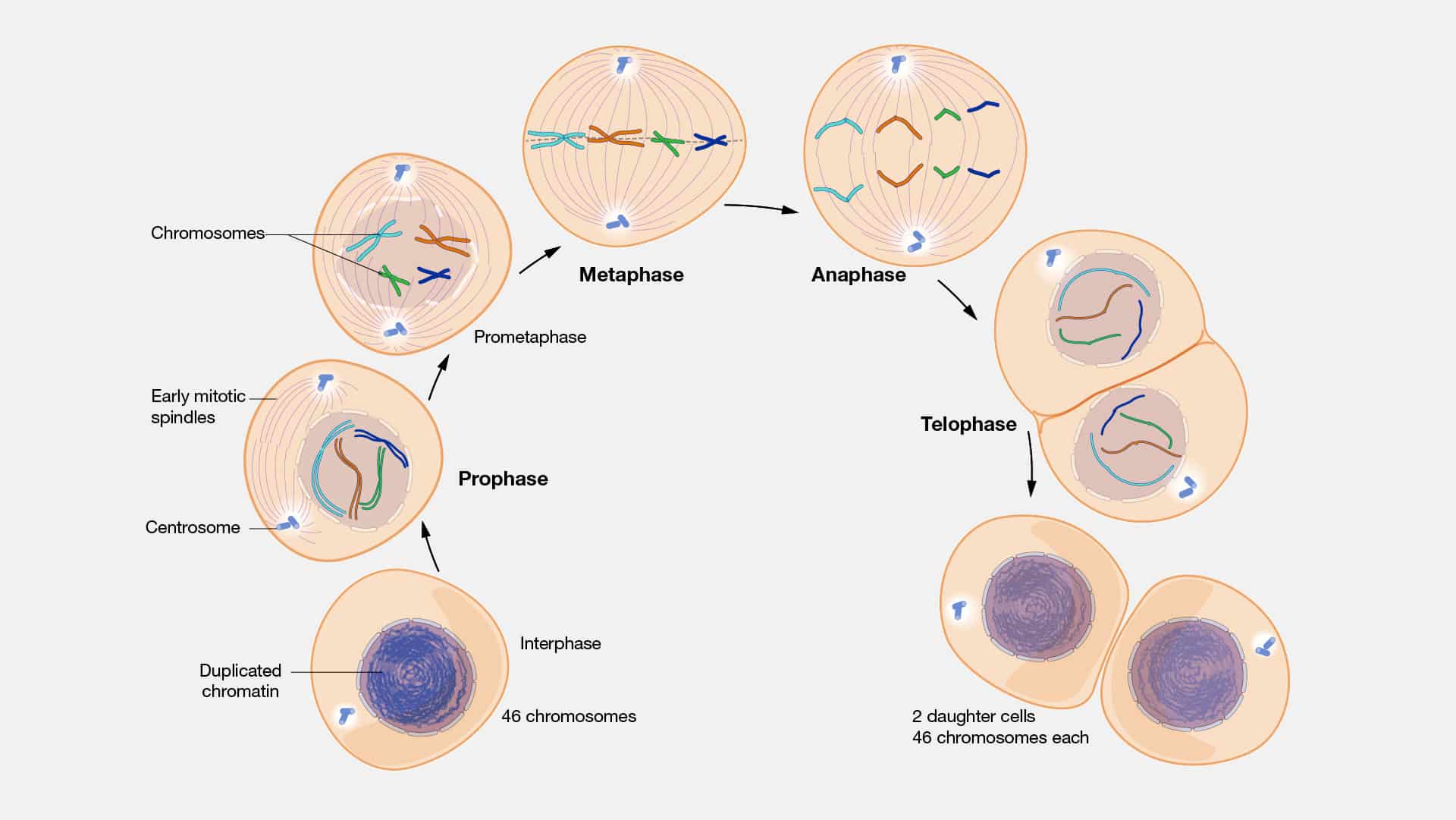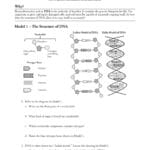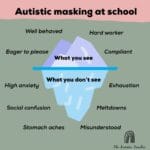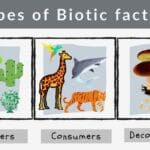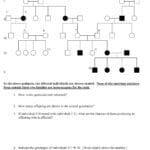Visualize cellular replication: A mitosis and meiosis Venn diagram provides a clear, concise comparison of these fundamental processes, highlighting their shared features and distinct roles in growth, repair, and reproduction. This guide explores the intricacies of these two cellular dances, breaking down complex concepts into accessible explanations.
The Dance of Duplication: Understanding Mitosis
Mitosis, the workhorse of cell division, is essential for growth, repair, and asexual reproduction in somatic cells (cells of the body that are not destined to become gametes). Think of it as the body’s maintenance crew, constantly replacing worn-out or damaged cells with identical copies. This process ensures that each new cell receives a complete set of genetic instructions, maintaining the diploid chromosome number (2n).
Stages of Mitosis: Like a carefully choreographed dance, mitosis proceeds through distinct phases:
- Prophase: Chromosomes condense and become visible, the nuclear envelope breaks down, and spindle fibers begin to form.
- Metaphase: Chromosomes align along the cell’s equator, guided by the spindle fibers.
- Anaphase: Sister chromatids (identical copies of each chromosome) separate and move towards opposite poles of the cell.
- Telophase: Chromosomes arrive at the poles, begin to decondense, and new nuclear envelopes form.
- Cytokinesis: The cell divides its cytoplasm, resulting in two separate daughter cells.
Outcome: Mitosis produces two identical diploid daughter cells, ensuring genetic continuity. For example, when you cut your finger, mitosis is responsible for generating new skin cells to repair the wound.
The Shuffle of Life: Exploring Meiosis
Meiosis, the choreographer of genetic diversity, is essential for sexual reproduction. This process generates gametes (sperm and egg cells) with half the usual number of chromosomes (haploid, or n). Meiosis ensures that when two gametes fuse during fertilization, the resulting offspring has a full set of chromosomes, a unique blend inherited from both parents.
Stages of Meiosis: Meiosis involves two rounds of division: Meiosis I and Meiosis II.
- Meiosis I: Homologous chromosomes (pairs of chromosomes carrying the same genes) pair up and exchange genetic material through a process called crossing over. This shuffling of genes is a major source of genetic variation. The homologous chromosomes then separate, resulting in two daughter cells with half the original number of chromosomes.
- Meiosis II: Similar to mitosis, sister chromatids separate, resulting in four haploid daughter cells, each genetically distinct.
Outcome: Meiosis produces four non-identical haploid daughter cells. This genetic variation is the raw material for evolution, allowing populations to adapt to changing environments.
Comparing the Cellular Dances: Mitosis and Meiosis Venn Diagram
Both mitosis and meiosis are fundamental processes of cell division involving similar stages and utilizing spindle fibers. However, their outcomes and purposes are distinctly different. A Venn diagram helps visualize these similarities and differences.
[Insert Venn Diagram Here. The overlapping section should contain “DNA Replication,” “Similar Phases (Prophase, Metaphase, Anaphase, Telophase),” and “Spindle Fiber Involvement.” The Mitosis circle should contain “Growth and Repair,” “Asexual Reproduction,” “2 Identical Diploid Cells (2n),” and “One Division.” The Meiosis circle should contain “Sexual Reproduction,” “4 Genetically Diverse Haploid Cells (n),” “Two Divisions (Meiosis I & II),” “Crossing Over,” and “Independent Assortment.”]
Key Differences Between Mitosis and Meiosis:
| Feature | Mitosis | Meiosis |
|---|---|---|
| Purpose | Growth, repair, asexual reproduction | Sexual reproduction (gamete formation) |
| Outcome | 2 identical diploid cells (2n) | 4 genetically diverse haploid cells (n) |
| Chromosome # | Maintained (2n) | Halved (n) |
| Divisions | One | Two (Meiosis I and Meiosis II) |
| Genetic Variation | Little to none | Significant, due to crossing over & independent assortment |
Delving Deeper: Errors, Evolutionary Implications, and Ongoing Research
While these processes are generally precise, errors can occur. Nondisjunction, the failure of chromosomes to separate correctly, can lead to conditions like Down syndrome (mixed-receptive-expressive-language-disorder). Current research continues to explore these intricacies and the role of cell division in diseases like cancer.
The genetic shuffling introduced by meiosis isn’t just about creating variety; it’s the engine of evolution. This diversity allows populations to adapt to environmental changes. Some individuals may possess genes that confer resistance to a particular disease, increasing their likelihood of survival and allowing them to pass on these advantageous genes to their offspring.
While much is understood about mitosis and meiosis, ongoing research suggests that there is still more to uncover. Scientists are exploring the complex mechanisms governing chromosome alignment and separation during cell division. The dynamic nature of these processes underscores the fascinating complexity of life at the cellular level.
- Mastering Leader in Spanish: The Complete Guide - April 19, 2025
- Uncovering Surprising Parallels: England Size Compared to US States - April 19, 2025
- Old Mexico Map: Border Shifts 1821-1857 - April 19, 2025
